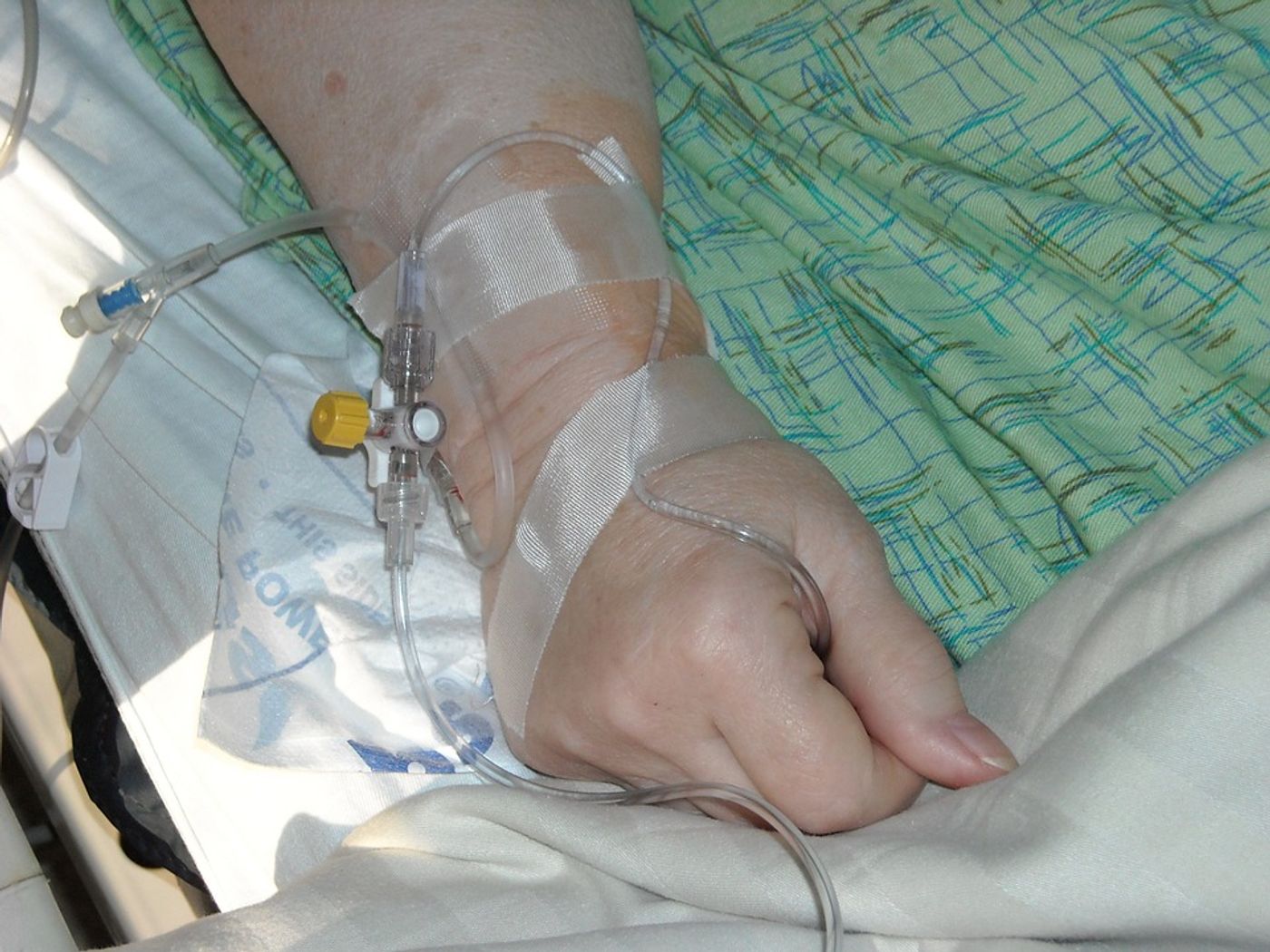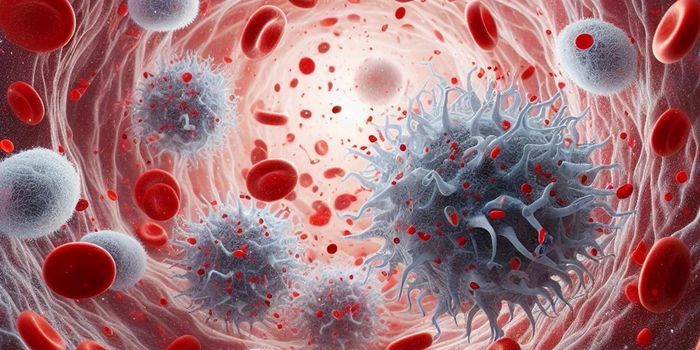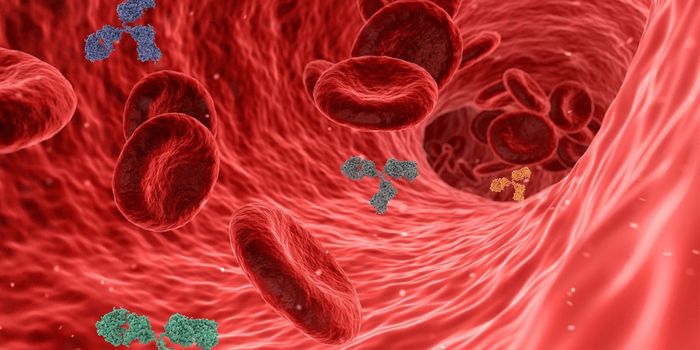Microbubbles enhance delivery of chemotherapy drug
New research published in APL Bioengineering reports on a new technology developed by scientists at Tulane University that hopes to improve treatment options for patients with hepatocellular carcinoma. The method, described as gas embolization, uses minuscule vaporized droplets of perfluorocarbon to enhance the precision of drug delivery.
"By changing the treatment parameters in this paper, we were able to achieve tumor regression, and by combining our method with chemotherapy, we were able to reduce regrowth following treatment," said author Joseph Bull. "Gas embolization has never been used in patients. Demonstrating that it can induce tumor regression is really new. We're very excited about the work in this paper."
The method of gas chemoembolization offers a less invasive treatment option than the conventionally-used invasive transarterial chemoembolization (TACE), say the authors. By combining vaporized perfluorocarbon, a common organic material made of carbon and fluorine that has many applications in pharmaceuticals, anesthetics, and industrial fluids, with chemotherapy drugs (doxorubicin and tirapazamine), the team successfully blocked blood flow to hepatocellular carcinoma tumors. Doxorubicin was particularly effective when combined with gas embolization, shrinking tumors to 2.9% of their initial size.
The technique works intravenously, with the chemotherapy drugs binding to the surface of the perfluorocarbon liquid. The liquid bubbles act as emissaries, transporting the drug through capillaries without causing blood vessel blockage until they are vaporized. During this process, an external ultrasound is also conducted simultaneously, thus allowing the fluid mechanical interface of the droplet to fall in pressure until the droplet converts entirely into microbubbles.
This method allows the drug to be delivered door to door to the specific site of the tumor. As Eureka Alert reports, “The drug DOX binds to the shell of the droplet, and the medicine becomes available to diffuse into the tumor, while the microbubbles cut off blood supply to the tumor.” The authors continue, concluding: “Overall, gas chemoembolization shows promise as a developmental therapy and merits further study in more complex tumor models.”
Sources: APL Bioengineering, Eureka Alert









